The biggest moment in the history of women’s rugby league globally
There’s been plenty of humble firsts, but a timeline of events through history shows women’s rugby league has never reached heights like this before. Track the 103-year timeline.
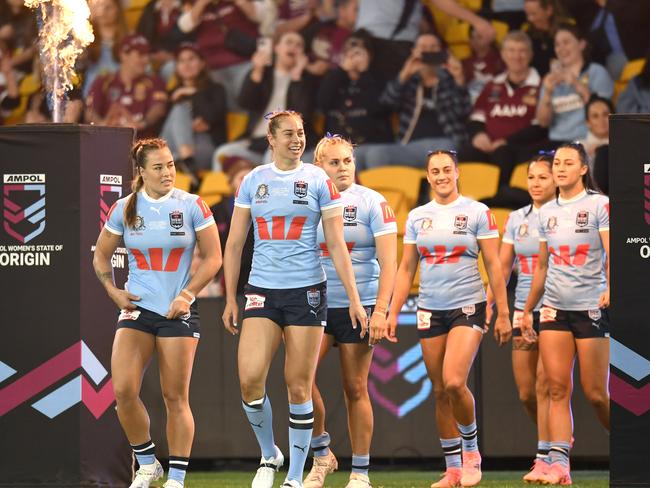
NRLW
Don't miss out on the headlines from NRLW. Followed categories will be added to My News.
Thinking back 30 years ago is an other worldly experience for Tarsha Gale.
As captain of Australia and NSW through the 1990s, she led the team on emu walks up and down fields before a game to clear it of glass, rubbish and rocks.
Crowds of a few hundred would come and watch, made mostly of family and friends, and the players paid for the privilege out of their own pockets.
Ahead of Thursday night’s sold out State of Origin II clash at McDonald Jones Stadium in Newcastle, Gale has no trouble calling it the biggest moment in women’s rugby league history to date.
More than 30,000 people will pack out the ground, making it the first sold out stadium for a women’s rugby league game, and a world record crowd for a stand alone match.
“This is the pinnacle and I hope we continue to reach new heights. It’s so significant,” she says.
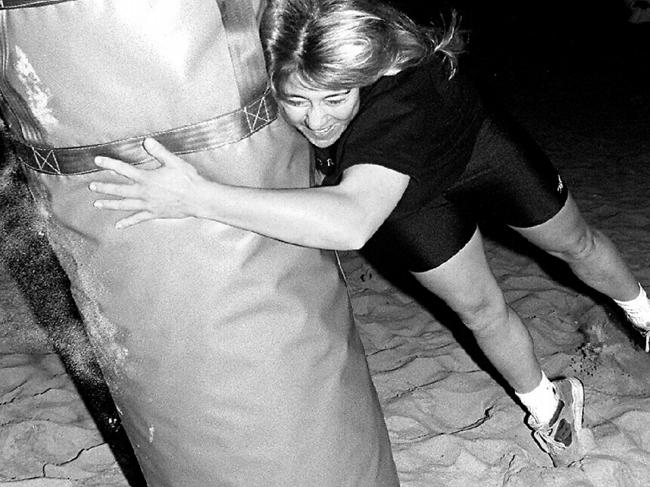
“We had a really significant moment back in 2018, we played the boutique oval at North Sydney in front of around 7000 people, and I thought, wow, we’ve got this. We had eyes wanting to watch our girls play. Fast forward six years and every single Origin game we’re smashing the records above and beyond.
“I did not think we’d get this far this quickly.
“Every time we’re just building (the crowd) by a few thousand. And the girls are putting on the product spectators enjoy, the skill, the talent and the competitiveness, It’s a massive moment for our great game.”

GAME TIME
The Sky Blues head into Origin II with the advantage after staging an ambush for a 22-12 win at Suncorp Stadium in front of more than 25,000 people three weeks ago.
In the first-ever three game series, a win for the Sky Blues on Thursday night will seal the shield after a disappointing loss in 2023.
It will be the biggest game these players have ever experienced.
“It’s going to be super special and to be honest I’m happy we get to warm up on the field and take it all in and really embrace it,” said NSW co-captain Kezie Apps.
“It’s such a big milestone for women’s rugby league and it’s going to be an awesome atmosphere.”
Add to it record television ratings, including more than a million viewers on free-to-air television for game one, which made it the most watched women’s Origin game yet.
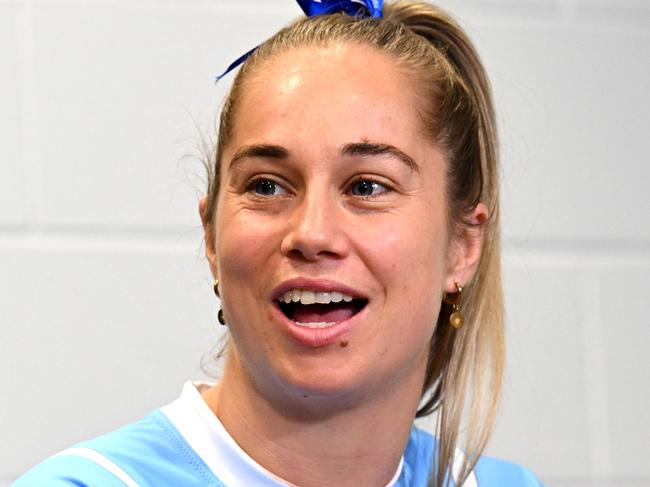
QLD’S FINEST
The stadium itself is a home-ground advantage for Queensland’s biggest threat.
Knights fullback and Dally M Medallist Tamika Upton has never lost a game at the ground, winning one with the Broncos back in 2021 and all eight games for Newcastle at the stadium since.
“Tamika Upton is a town favourite there, she’s never lost a game there,” Gale says.
“She’s the x-factor all NSW players are worried about and it’s also like a home game for her.”
But the 27-year-old two-time NRLW premiership winner is just one of four local heroes on show on Thursday night.
NSW hooker Olivia Higgins is an original Knights fan.
She went to the 2001 grand final with her family as a nine-year-old and after making her Origin debut in game one, gets the chance to play at a packed home stadium like she’s always dreamt of.
“We get the old boys coming into training even now, and even seeing Danny Buderus, I loved watching him play and I never would have dreamt I’d be playing the same position as him 20 years later,” she said. “I’m keen to be back and to play in front of my home town, I’m really excited.
“The atmosphere will be insane.”
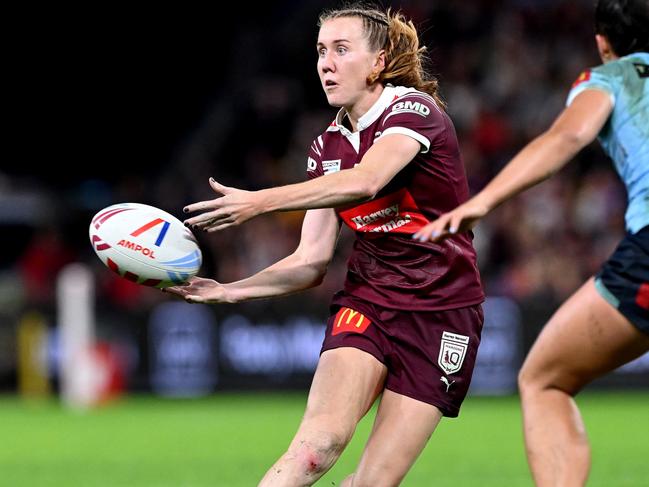
TIMELINE OF THE BIGGEST MOMENTS IN WOMEN’S LEAGUE HISTORY
June 3, 1921
In early 1921, Molly Cane and Nellie Doherty, two women from North Sydney, wrote a letter to the NSWRL asking for help to create a women’s competition. Shortly after, a crowd gathered at the original headquarters in Phillip Street on June 3 to hear the official announcement of a women’s competition in Sydney. The competition lasted only three seasons.
September 17, 1921
After months of training, the first women’s rugby league match was played at the Sydney Showgrounds, on the site where Fox Studios now sits at Moore Park. Maggie Moloney, a 15-year-old girl from Redfern, stole the show. She scored four tries as the Metropolitan Blues beat the Sydney Reds 21-11 in front of a crowd of between 20,000 to 30,000 people. The women fought to play the game like the men, and the NSWRL pulled support for the competition after an administrative struggle. However, the first women’s game was supported by Dally Messenger, who was the greatest player of his time.

1995
The Australian Women’s Rugby League was established as a governing body in 1993 but it wasn’t official until 1995 when the ARL took over the NSWRL men’s competition. Although unofficial games where played in the meantime, the first Australian Jillaroos team was announced in 1995 featuring Veronica White, Tarsha Gale and Katrina Fanning.
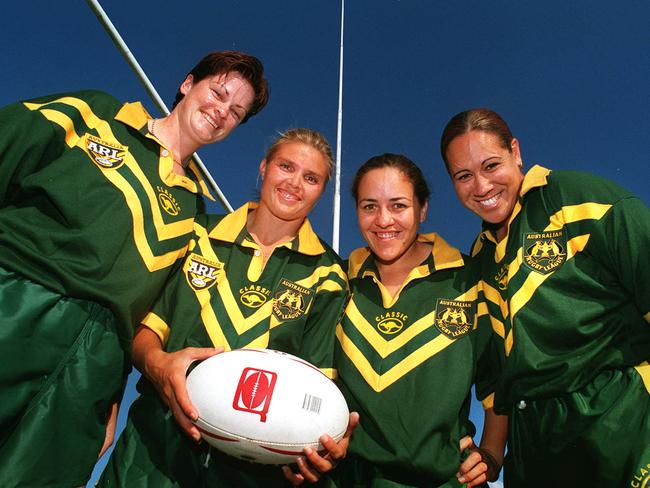
November, 2000
As women’s rugby league started to pick up momentum again, the first Women’s Rugby League World Cup was held in England with just three teams – Australia, New Zealand and Great Britain/Ireland. Although players had to pay their own way to attend and only a few hundred people came to watch, it was the start of the Jillaroos as we now know them.
2005
NSWRL founded the open age Sydney Metropolitan Women’s Rugby League competition, which expanded in 2017 to the Harvey Norman women’s competition as we know it today. This year it has been moved to run alongside the NRLW and will act as somewhat of a reserve grade. Queensland’s statewide open age competition followed later in 2019.
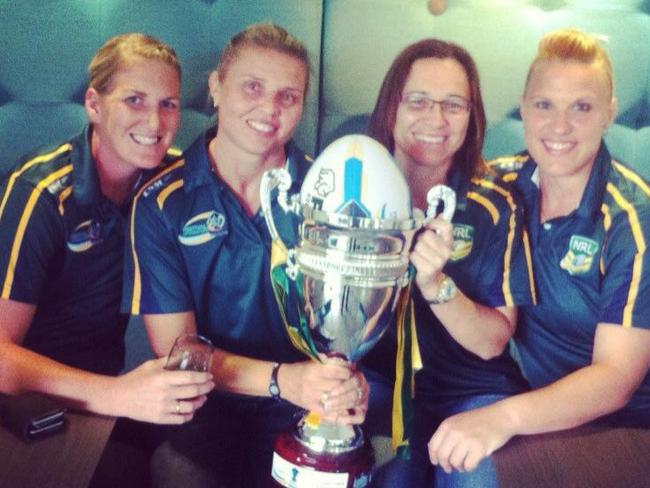
June 27, 2015
From the first women’s Interstate Challenge in 1999 up until 2015, Queensland went on an incredible undefeated streak against NSW. A drought-breaking 4-all draw at 1300 SMILES Stadium in Townsville technically ended the winning streak, until the Sky Blues won their first-ever Interstate Challenge 22-6 at WIN Stadium in Wollongong in 2016.
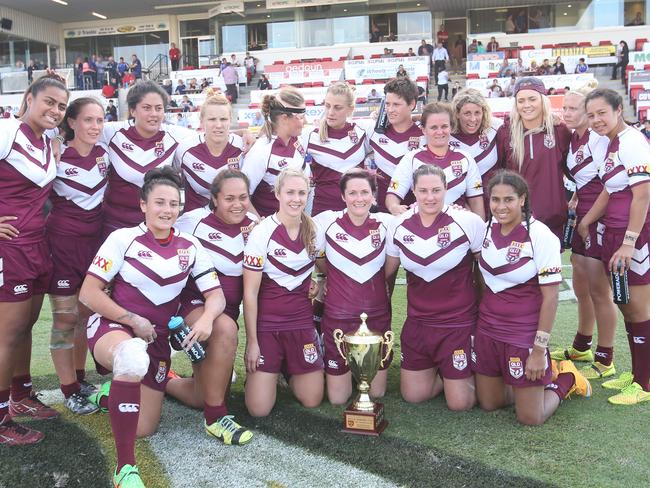
December 6, 2017
It was announced the Interstate Challenge would be rebranded as women’s State of Origin, and played as a stand alone game instead of a curtain-raiser to the men’s game. The first game under the Origin format was held at North Sydney Oval on June 22, 2018, in front of a crowd of 6824 people. It was the biggest crowd to attend a women’s game and the television ratings were impressive too. It out-rated the Wallabies on free-to-air television with 689,931 people tuning in to see NSW win 16-10.
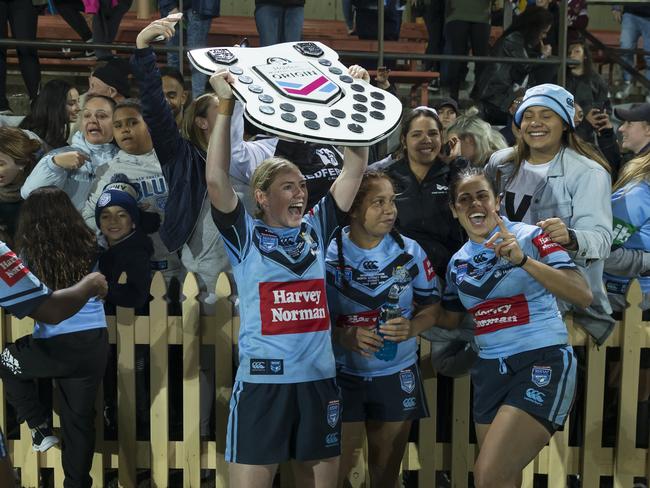
September 8, 2018
Hilda Peters scored the first ever try of the NRLW for the Warriors in a 10-4 win over Sydney Roosters at Allianz Stadium. It was the first game of the newly formed women’s competition, which included four teams – the Warriors, Roosters, Broncos and Dragons.
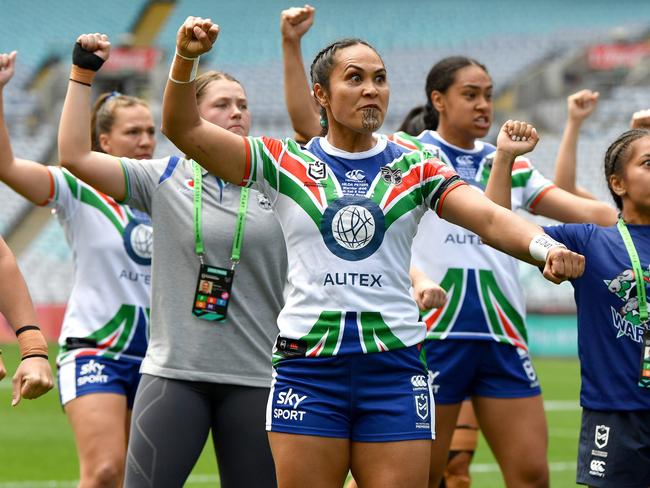
September 30, 2018
Brisbane become the premiers of the inaugural NRLW competition with a 34-12 win over the Roosters on grand final day. The game was played ahead of the NRL grand final at ANZ Stadium in Sydney, marking the first time a women’s competition game was given equal billing on the biggest stage.

November, 2022
The delayed staging of the 2021 Rugby League World Cup in the UK marked a huge moment for the Jillaroos. It was the first time they were paid on parity with the Australian men’s representatives, earning $30,000 for the tournament. They were given the best medical and sport science staff, as well as uniforms that were made for women’s bodies. A first-class flight over to the UK was a cherry on top.
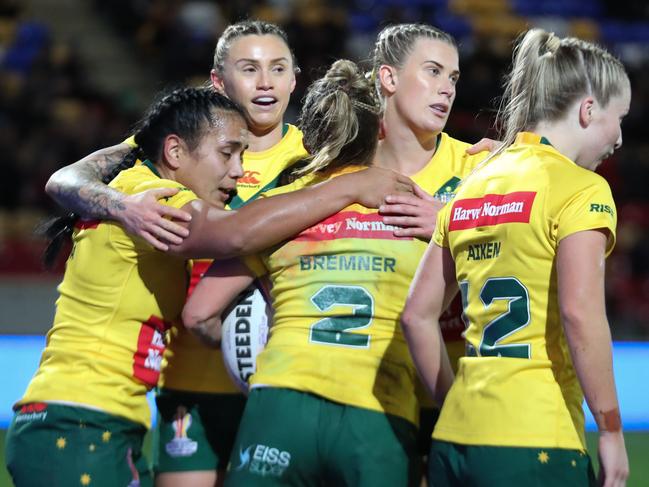
February, 2023
After a drawn out deliberation, the NRL and the RLPA agreed to terms on a historic collective bargaining agreement for the game’s female players, which included pregnancy and parental protections, private health insurance and a mapped out plan for the expansion and wage growth.
It enabled players to sign multi-year contracts with clubs for the first time, enabling them some level of stability as part-time athletes.
June 6, 2024
Thursday’s Origin II at Newcastle’s McDonald Jones Stadium marks the first time a stadium has sold out for a stand alone women’s game.
A crowd of more than 30,000 people is expected, which would make it a world record attendance. It follows on from three consecutive record-breaking crowds at Suncorp Stadium, Queensland Country Bank Stadium and CommBank Stadium in the past three Origin games.





